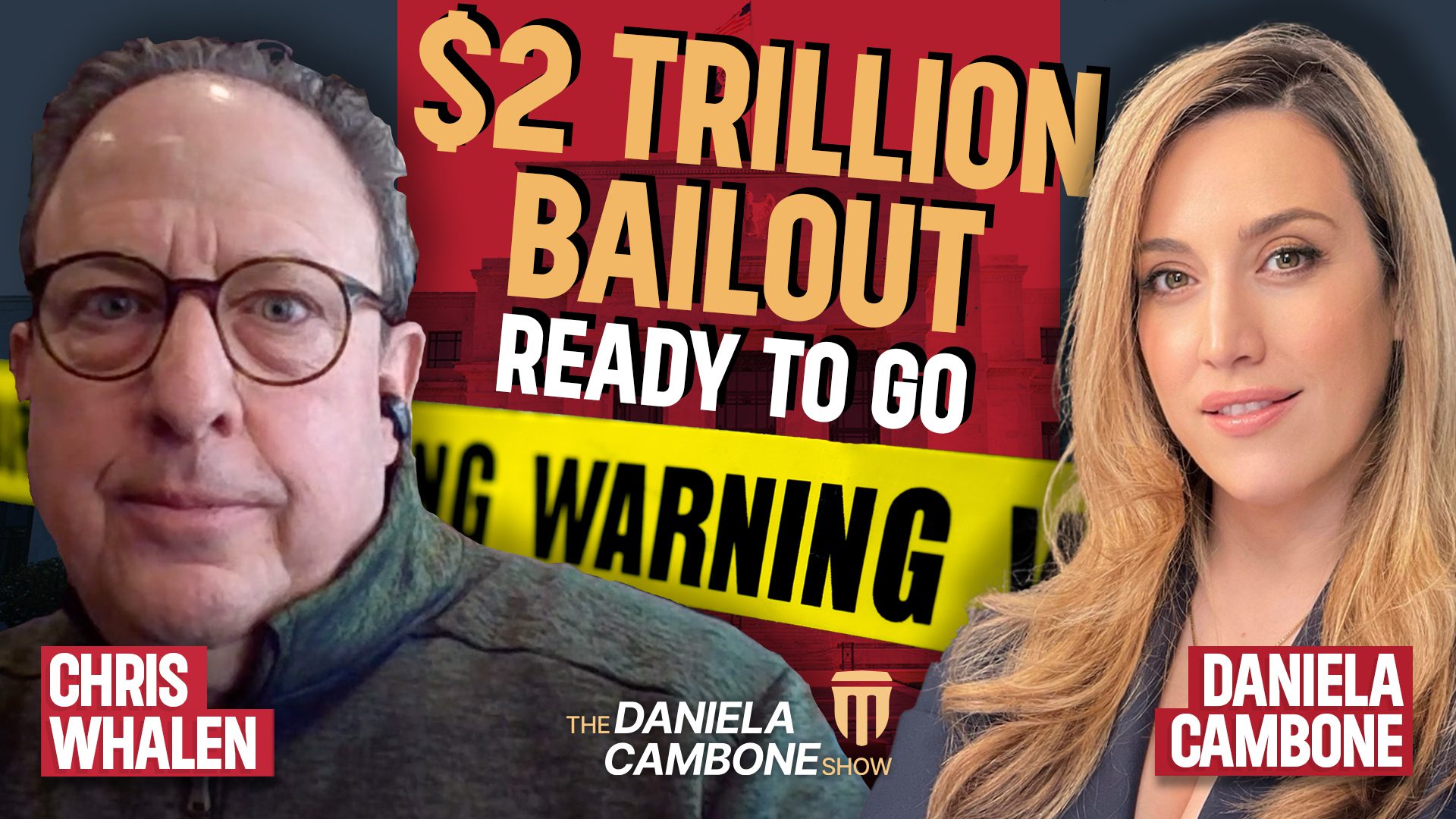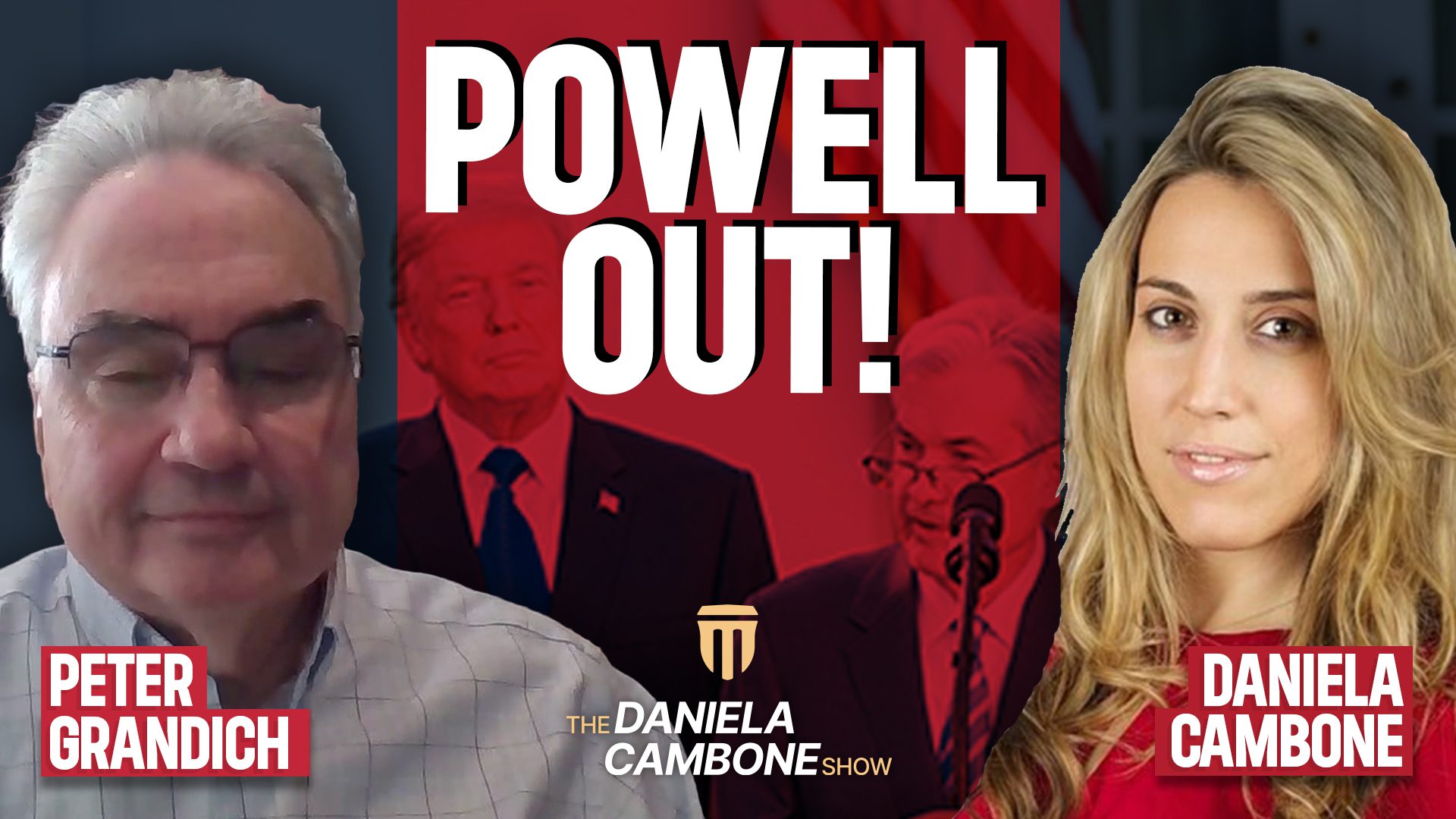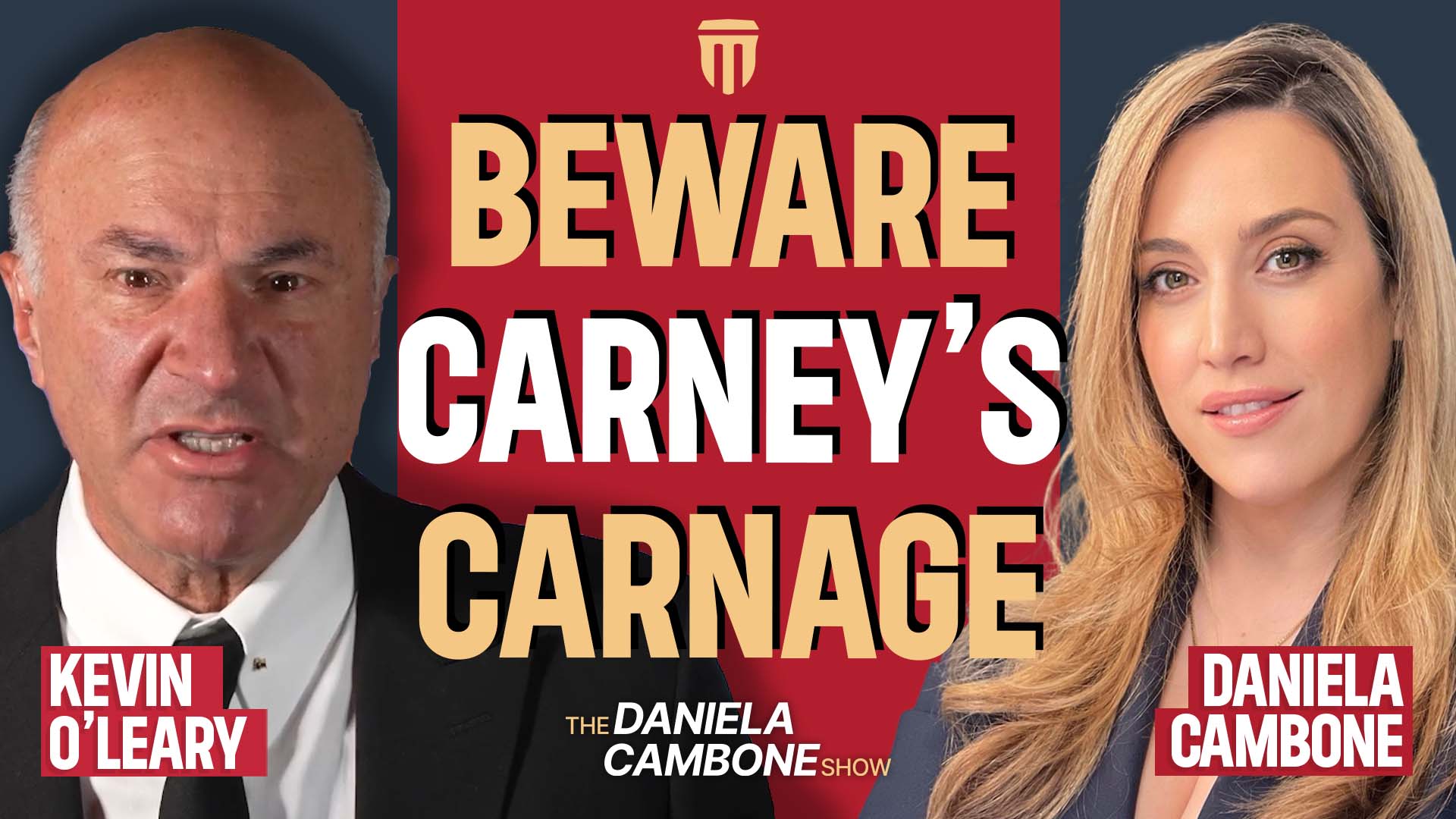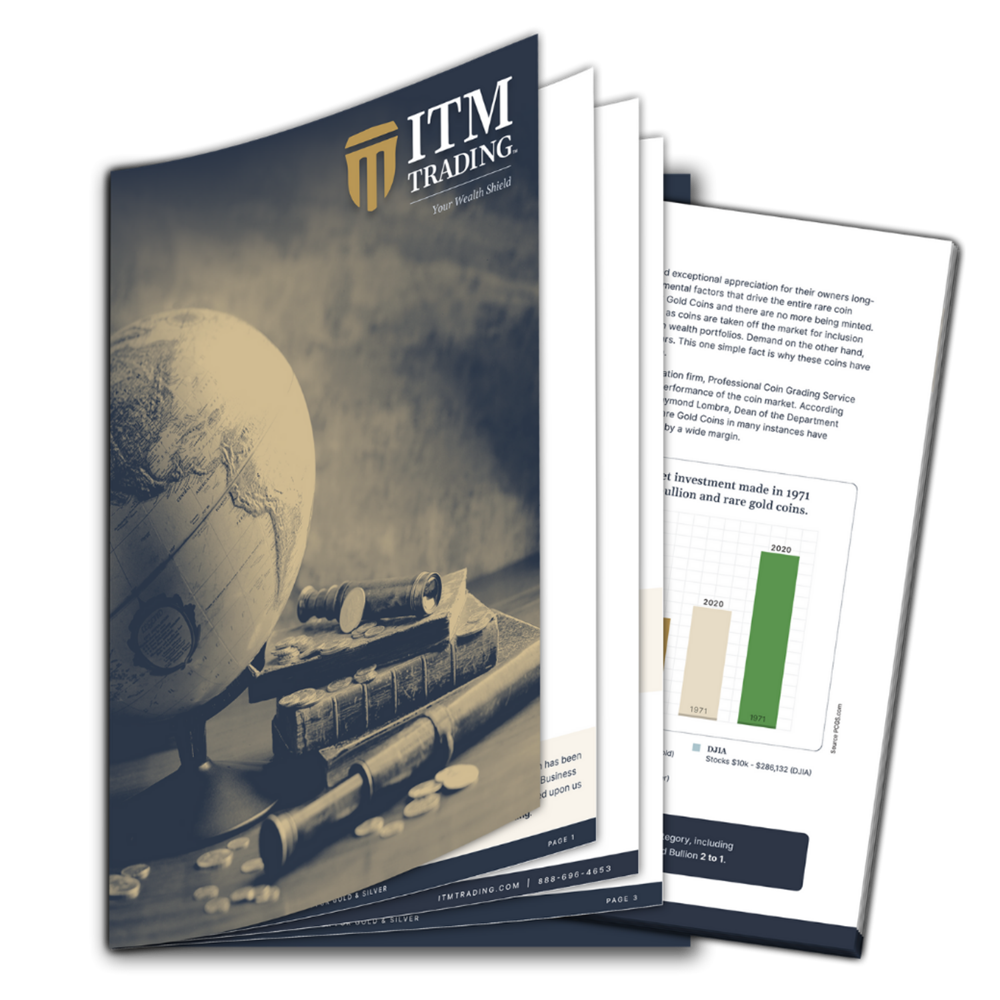1933 Confiscation and Ban on Gold

The years following the stock market crash marked the start of the Great Depression, still the worst in American history. Many banks had been forced to close and leave people stranded without their life savings. In response, others began making mass withdrawals from the bank, choosing instead to hoard their money and other tangible assets—gold most of all. But as it turned out, investing in gold was not the safest option.
National Bank Emergency
In March of that year the federal government declared a national banking holiday to relieve the pressure on banks who could not supply all the customers demanding their money. The stock market crash of 1929 left a great many people unable to pay back their loans and stopped trusting the banks with their deposits. Since loan repayments and deposits were the bank’s primary sources of income, they found themselves without sufficient cash. Corruption and mismanagement also contributed to the failure of several large banks that were forced to default and left many customers with nothing.
March of 1933 saw a nationwide bank emergency. So many people were running to withdraw funds and even close accounts that in the state of Washington, the Governor was forced to declare a bank holiday for the month. On March 11, President Franklin D. Roosevelt issued an order banning banks from making gold payments, in an effort to keep the government in control of the nation’s gold. A month later this was followed up by Executive Order 6102 that confiscated private gold holdings and made it illegal for citizens to own it.
Executive Order Bans Gold
The justification behind the executive order banning gold was that people were fearful and hoarding gold, which was keeping it out of circulation and further stalling the economy and making the depression worse. Owning gold, therefore, was unpatriotic. The mints halted production of the 1933 Double Eagle coins (making them incredibly rare and valuable) and began melting down their gold. President Roosevelt ordered banks to buy gold bullion and certificates from citizens at the price of $20.67 per ounce. Rare coins were the only exception, because they were private collectibles. Once all the gold was surrendered, the government revalued the dollar to $35 per ounce of gold, immediately devaluing the dollar.
FDR’s executive order ended the use of gold as currency, though the dollar was still based on the gold standard. This gave the government the ability to flood the economy with paper money, immediately driving inflation higher, and supposedly helping the country ease the Depression.
Can It Happen Again?
The struggling US economy, the falling power of the dollar, and the financial crisis in Europe has raised concerns that it will happen again. And while it is not impossible, it is unlikely. It was done in 1933 to re-calibrate the gold standard to allow the government to manipulate the economy. Today we operate under a fiat currency system, where there is no gold standard and the Federal Reserve already has the power to print currency as needed. Still, it’s not impossible, and the best way to protect against the possibility is to invest in rare gold coins.














